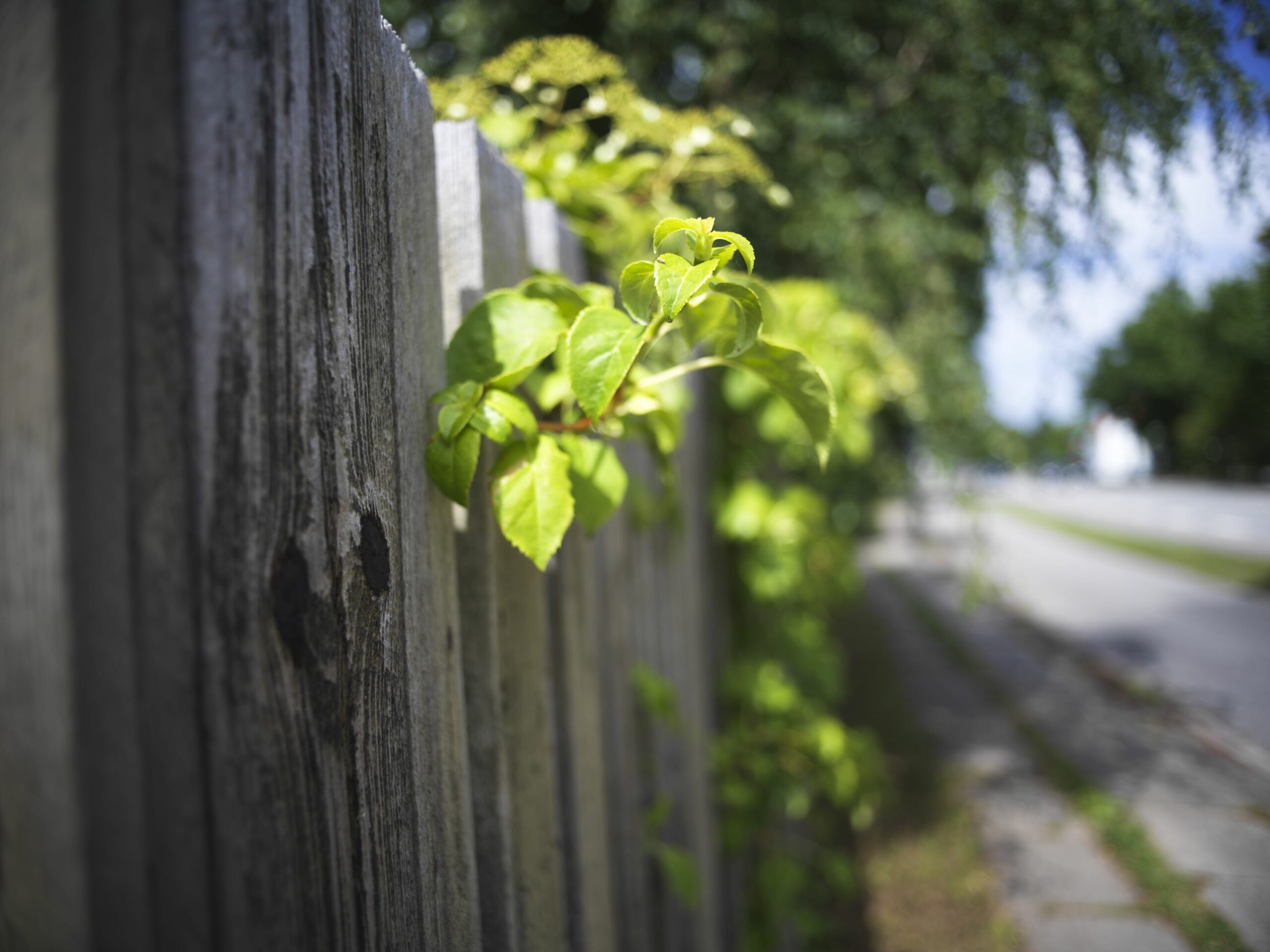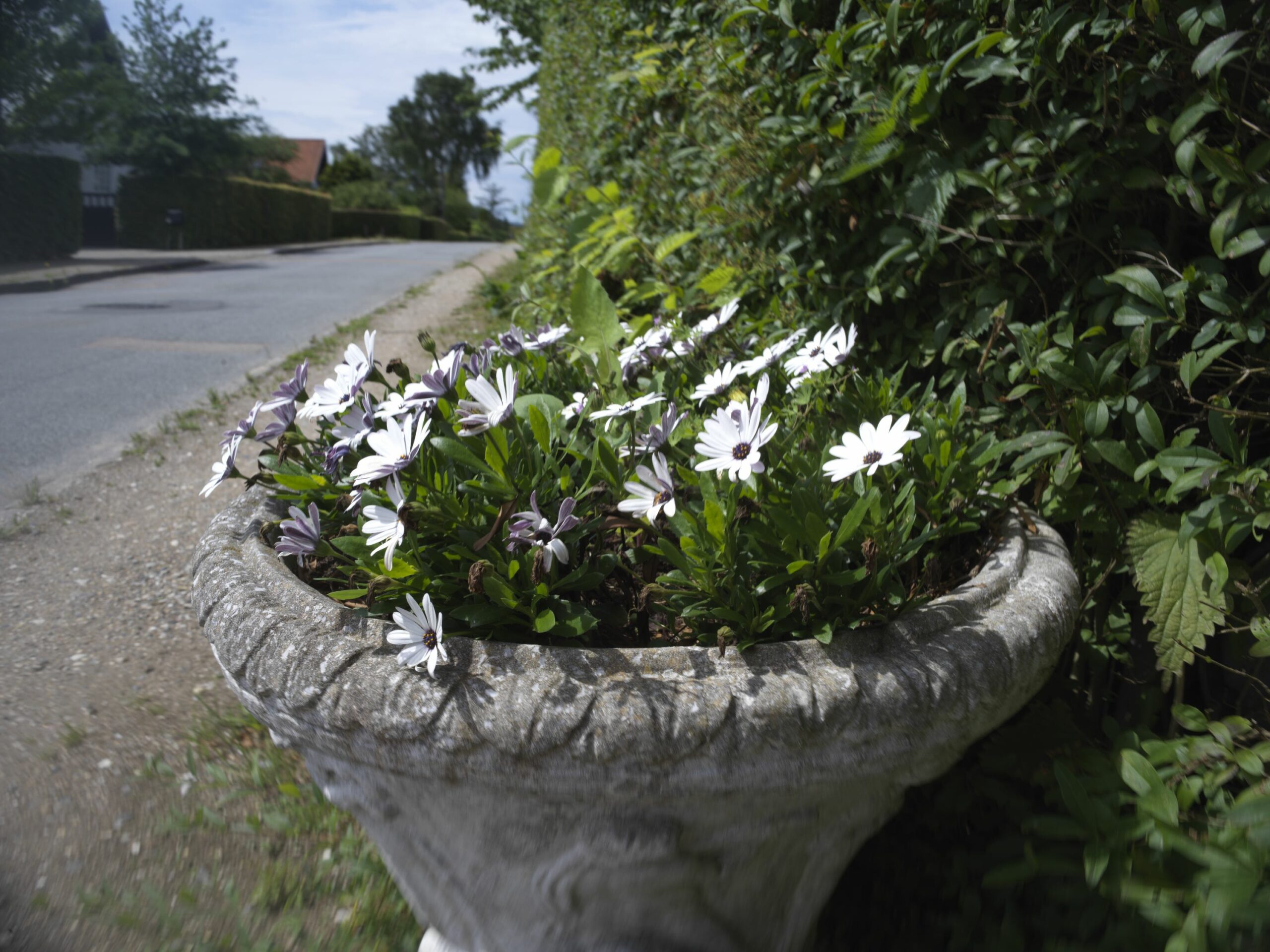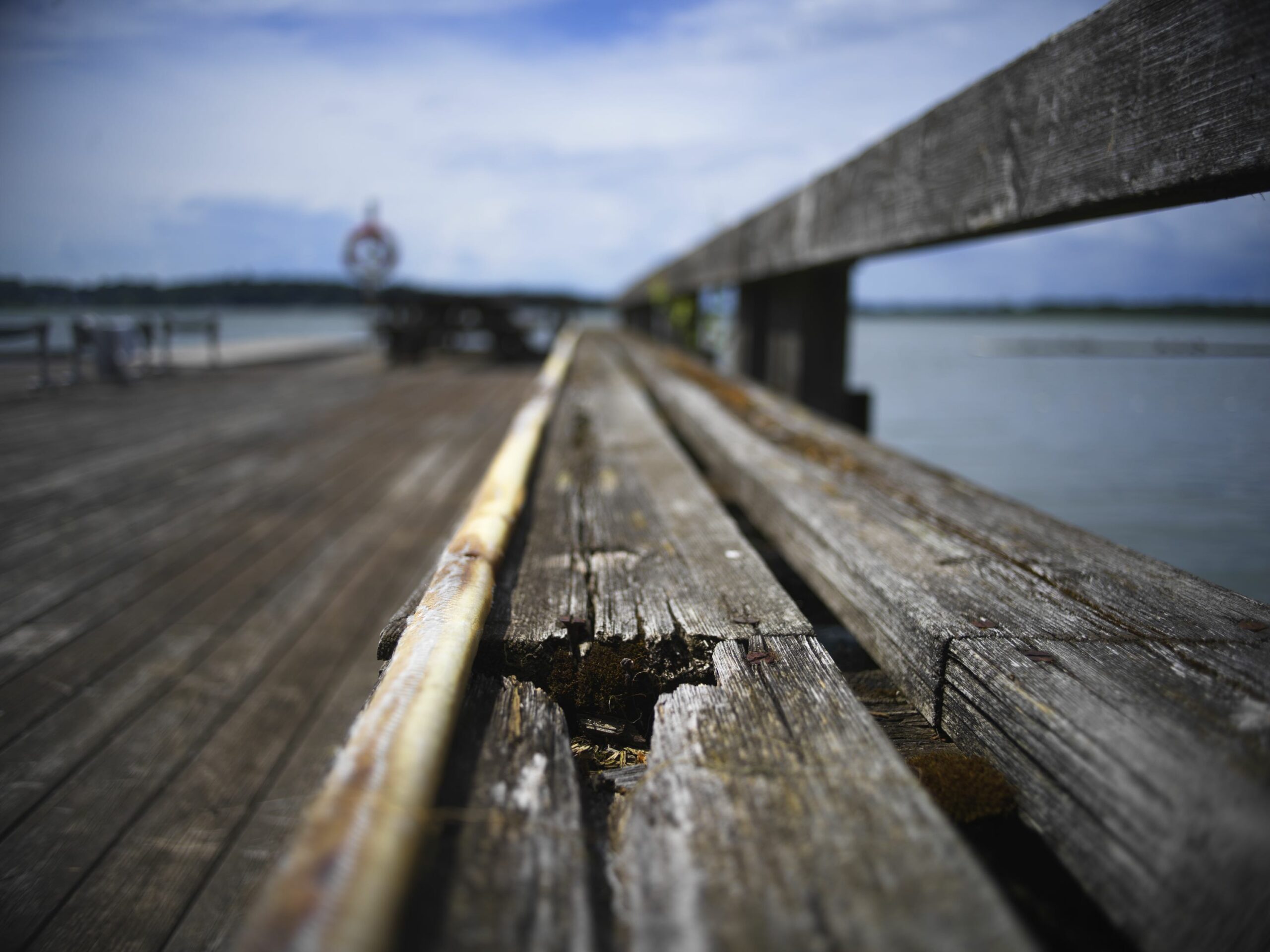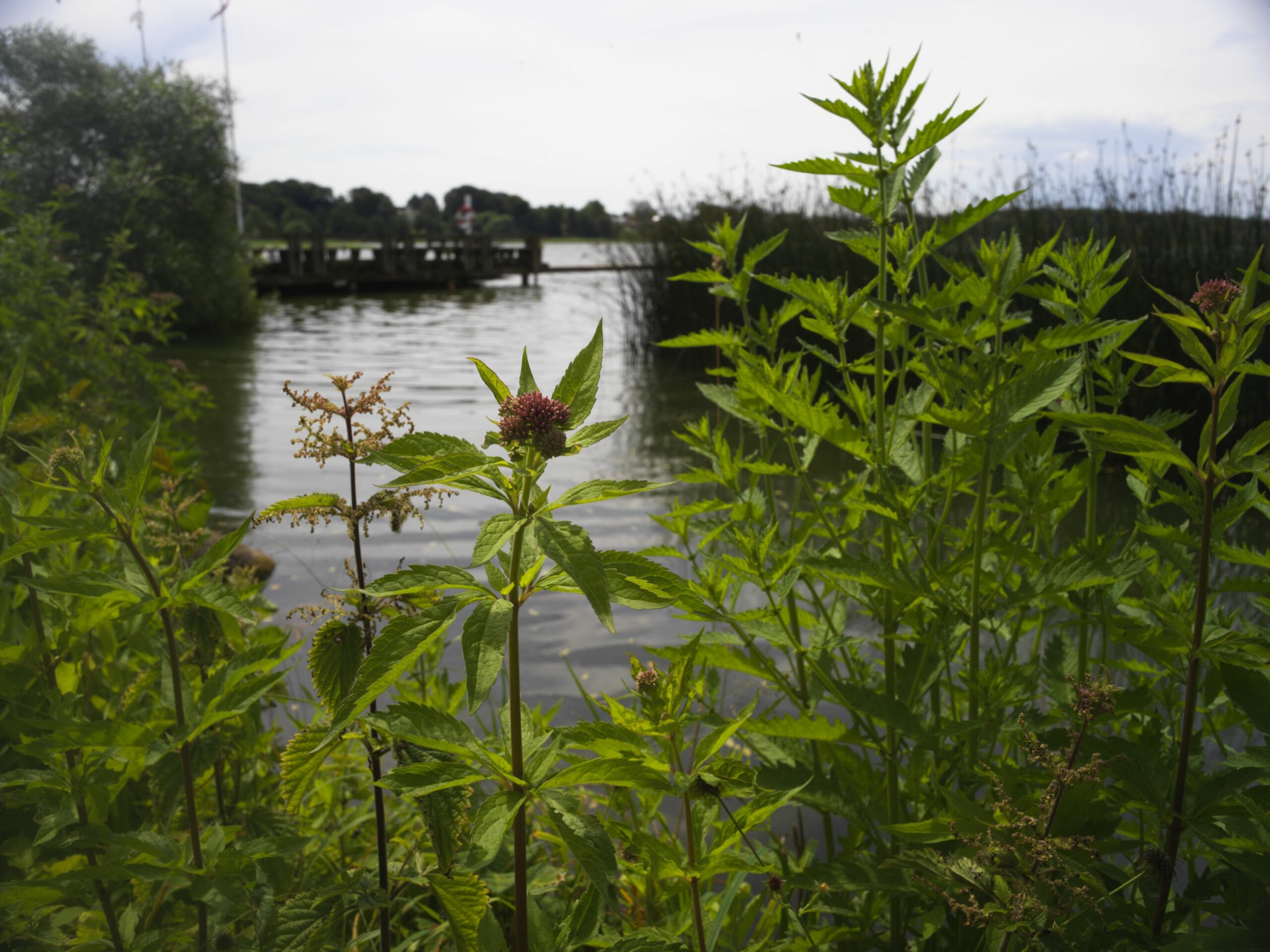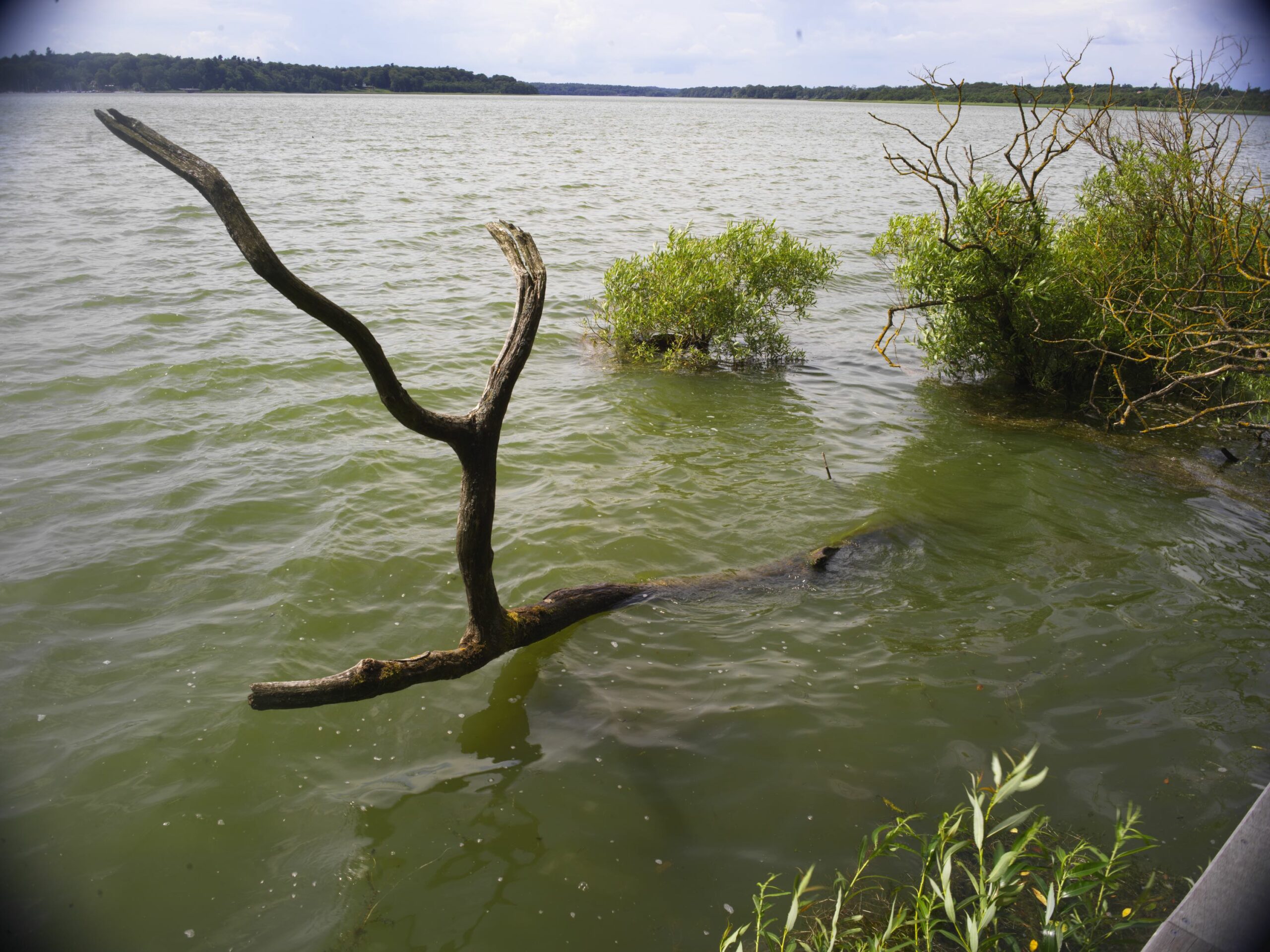Not long ago I bought myself a new camera, the Hasselblad X1D 50c, a medium format digital mirrorless camera with an awesome image quality and a very inspiring design. It has already become a camera that I love to use in spite of a lot of quirkiness. Read my first impressions here. I have updated the camera to the Mark II version in the spring of 2020. The test of adapted lenses are therefore performed on the newer version, but the results apply for the old version as well, as the two version are no different with respect to sensor size and the electronic shutter functionality.
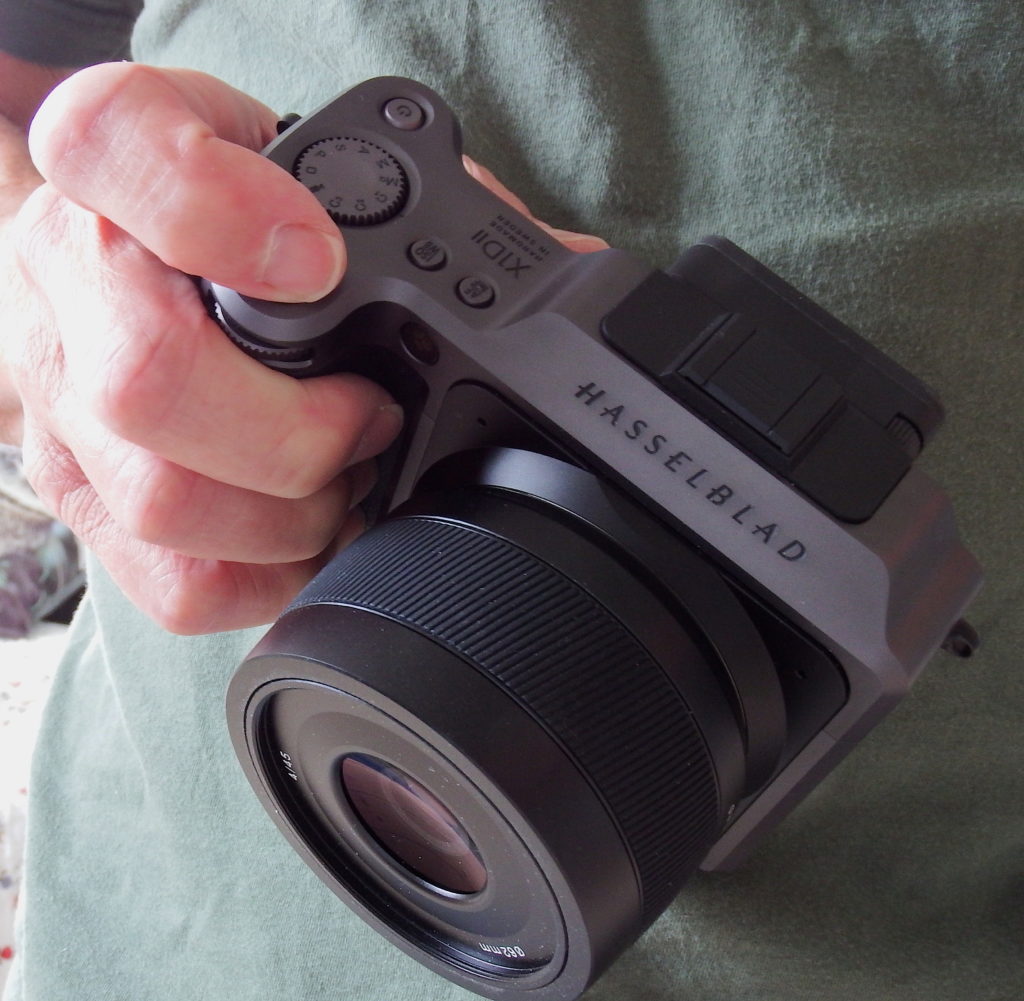
No doubt, the lenses for this camera are quite expensive but also very high quality. There is no chance that I on my budget will ever come to own an extensive lens range for this awesome camera. I bought the camera with a 45mm f3.5 Hasselblad XCD lens, a truly remarkable lens with a built-in leaf shutter, a lens that I’m very pleased with. The XCD is the naming of this new mount that has a very short flange distance – the distance from the mount to the cameras sensor. This has been exchanged for the newer 45mm f4.0 that is somewhat smaller and has a direct manual focus ring.
A short flange distance makes it possble to adapt lenses from older camera systems that typically has a longer flange distance. And some of these lenses could provide a very high quality/cost ratio, time will tell as I go about testing. Normally the Hasselblad X1D uses the leaf shutter to create the image. But the old lenses, that I’m going to test typically does not have a leaf shutter, and if they did there would be no way to utilise it on the X1D. You can use these lenses on the camera due to the fact the Hasselblad can shoot using an electronic shutter. It poses some restrictions on the use: You can’t shoot above ISO 3200, which I probably would use rarely anyway; the sensor readout takes 300 milliseconds and can result in weird images if you photograph moving objects; and finally you can’t use continuous shooting mode, which I under no circumstances would use on this camera, it is simply not build for high frame rate shooting, this is a ZEN shooting mode camera.
I’m going to test a lot of different lenses until I have found a set of lenses that suits my needs and cover the the large sensor (app. 33x44mm) in a decent manner with respect to sharpness, vignetting, distortion and a range of other factors.
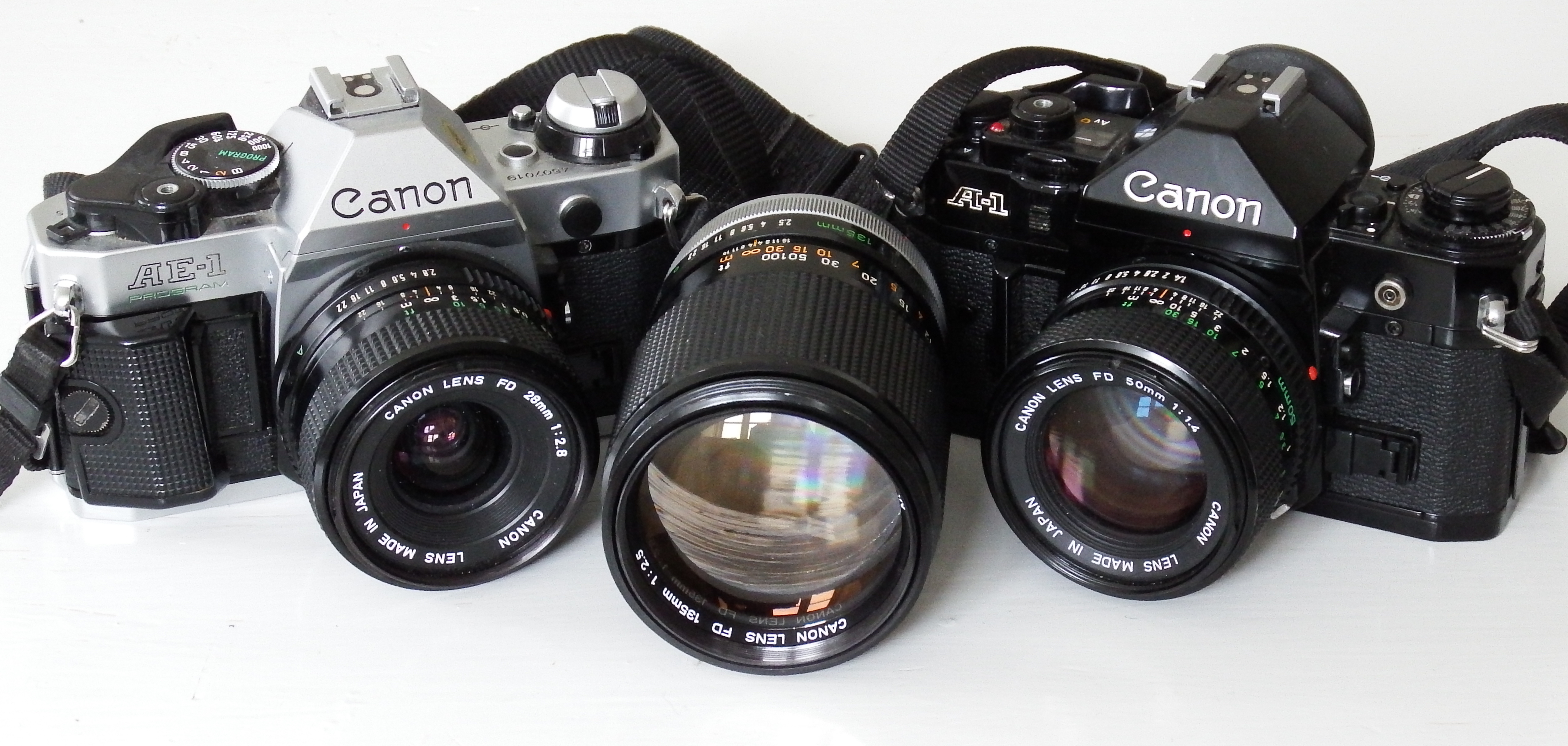
This first article in the series on adapted lenses will cover a set of lenses for the Canon FD mount that Canon used between 1971 and 1992 before switching to the EOS line of cameras with their EF and EFS mounts.
The list of lenses that I tested on the X1D is quite large, containing 9 different lenses from both Canon and other manufacturers. I will describe the results from all lenses but will only show examples from the lenses that I actually think is usable options and from lenses that has surprised me somewhat.
The complete list of which I will test all the Canon branded lenses and come back at a later point with the rest (and maybe some others):
- Canon FD 28mm f2.8
- Canon FD 35mm f3.5
- Canon FD 50mm f1.4
- Canon FD 135mm f2.5
- Canon FD 35-70mm f3.5-4.5
- Canon FD 35-105mm f3.5
- Vivitar 24mm f2.8
- Vivitar 300mm f5.6
- Luxon 70-210mm f4-5.6
- Soligor 100-300mm f5
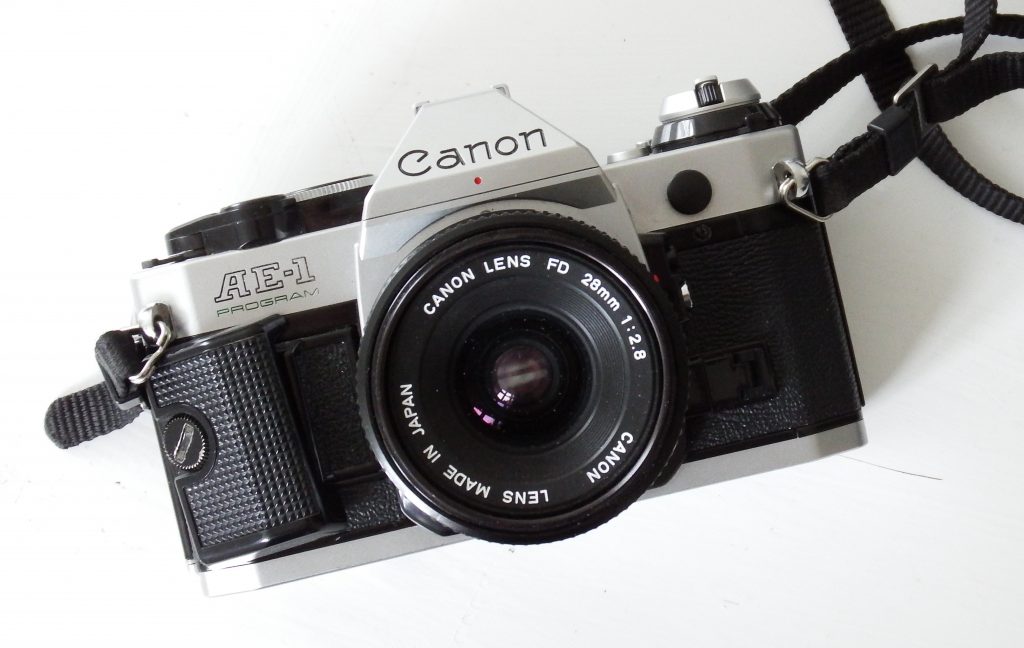
Canon FD 28mm f2.8
I wasn’t expecting much from the Canon 28mm f2.8. The reason for this being that others had tested wide angle lenses from other manufacturers on the X1D and found most of them showed serious vignetting, more than could be accepted.
To my big surprise this lens did very well indeed. There was a very slight vignette but not a hard one that couldn’t be removed in post processing. Both sharpness, contrast and color rendition also seemed to come out very well in this un-scientific test.
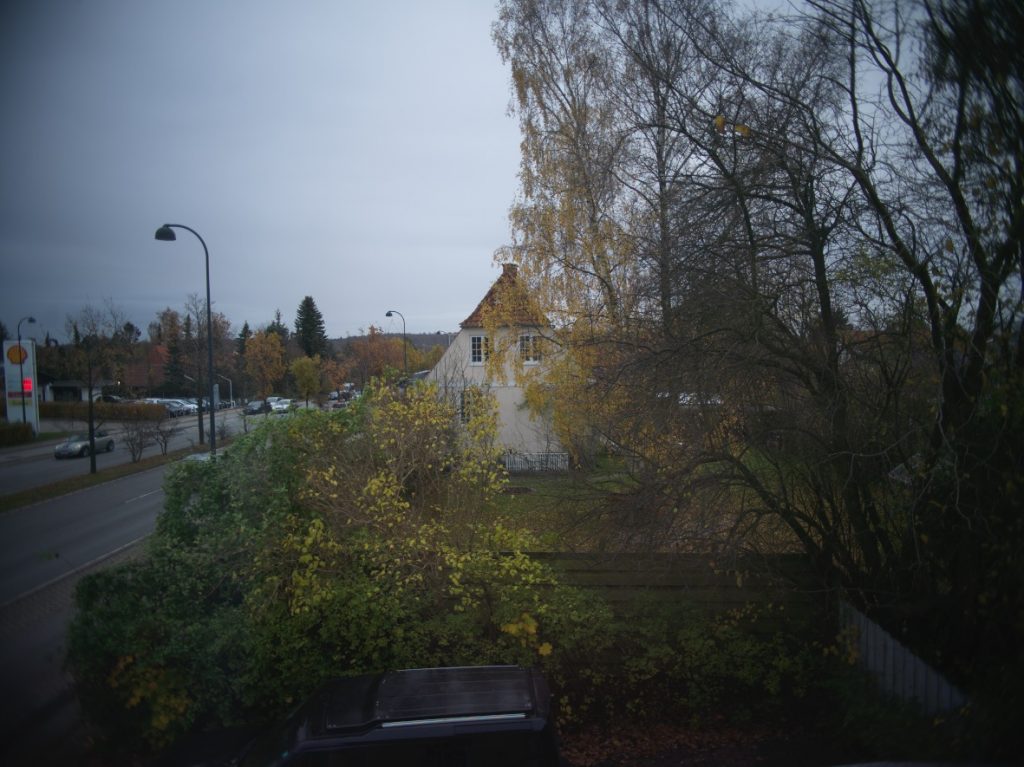
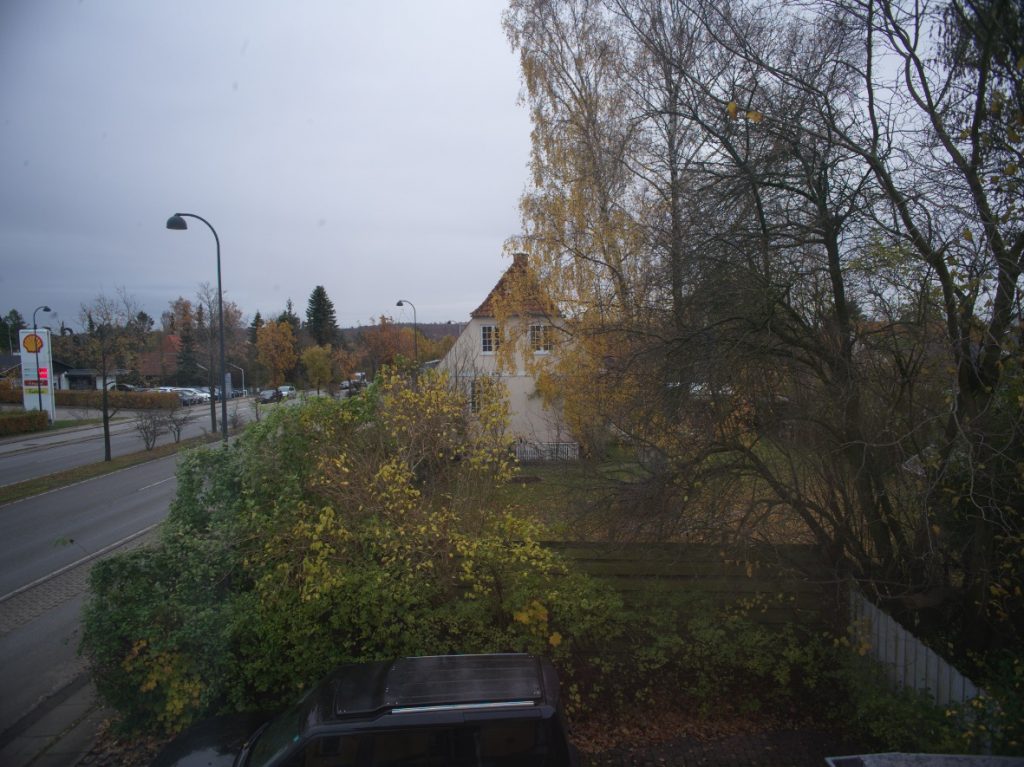
With the crop factor of 0.8 this lens will on the Hasselblad work as a 22mm f2.2 lens. Thus a quite wide angle of view with a nice aperture opening. From the test results I find this to be a very usable lens that I definitely will be using on the Hasselblad for the most wide shots, although such a wide angle is not something that I use a lot. But that is just my personal preference.
Canon FD 35mm f3.5
A nice vintage looking lens with a very good heft to the weight. A lens that seems quite sturdy, and has smoothly moving focus ring, and a very likeable clicking on the aperture ring which goes from f3.5 to f16. You might think it’s not a very interesting lens due to its max aperture of 3.5, but having used it on my Canon F1 and adapted on my Fuji X-T2, I know that, at least on cropped sensor and full frame, it’s a sharp lens, with a very nice color rendering, and almost no distortion. Nevertheless, I could only hope that these characteristics could be maintained on the bigger Hasselblad sensor, on which this lens corresponds to a 28mm in full frame terms. But let’s have a look at some images.
First two images show the different background renderings on the two extremes of the aperture range, the left image shot at f3.5, the right image shot at f16. One first thing to note is, that due to a near focus of 0.4 meter, even at f3.5 you can throw the background pretty much out of focus. That effect can be seen in the lower image as well, where a further characteristic can be observed, that there is virtually no distortion even in the outher corners. The upper right image shows how much background sharpness you can achieve at f16 even when shooting quite near objects, and though sharpness is good even at f3.5, you can observe a visible increase at f16 to very good sharpness.
Unfortunately, there is also one not so positive property, at f16 there is a quite pronounced vignette, and it is more than can be corrected. Strangely, this vignette is almost non existing at f3.5.It is a behaviour quite opposite all lenses I can remember, normally the vignette become less visible as you stop down the aperture. You can clearly see the vignette in the image above right. The consequence of this must be either not to stop down this much, or otherwise crop the image a slight bit. I would have liked the vignette to be slightly less pronounced, as this could be a very nice lens for landscape shots due to its very impressive sharpness characteristics and the lack of distortion.
Nevertheless, I tend to like this lens a lot, and I will definitely recommend it, though you will often have to crop the image a bit when stopping down to achieve foreground to background sharpness, that is if you are using a medium format camera like the Hasselblad or the sensor siblings from Fujifilm, the GFX series. I got mine together with a Canon A-1 camera, therefore I actually didn’t pay much for it, but I would consider anything below 50€ to be a good price for this lens, especially considering its very decent sharpness.
Canon FD 50mm f1.4
For the next lens in the line-up I had much higher expectations – and hopes. How awesome wouldn’t it be to have an equivalent of a 40mm f1.1. Unfortunately, the test for this lens gave results that for the most part are unusable although I could use it stopped down.
Even at f11 there is a pronounced vignette that cannot be removed. I would have to crop the picture slightly. But the idea of this lens was not exactly this, as I would like to use it on a very open aperture to create a nice background blur. The results at f1.4 show very little contrast and only some center sharpness. Having the much sharper original Hasselblad 45mm f4.0 that resides in the same focal length area, I cannot see any use for the FD 50mm f1.4. My high hopes were not met in any way – disappointing 🙁
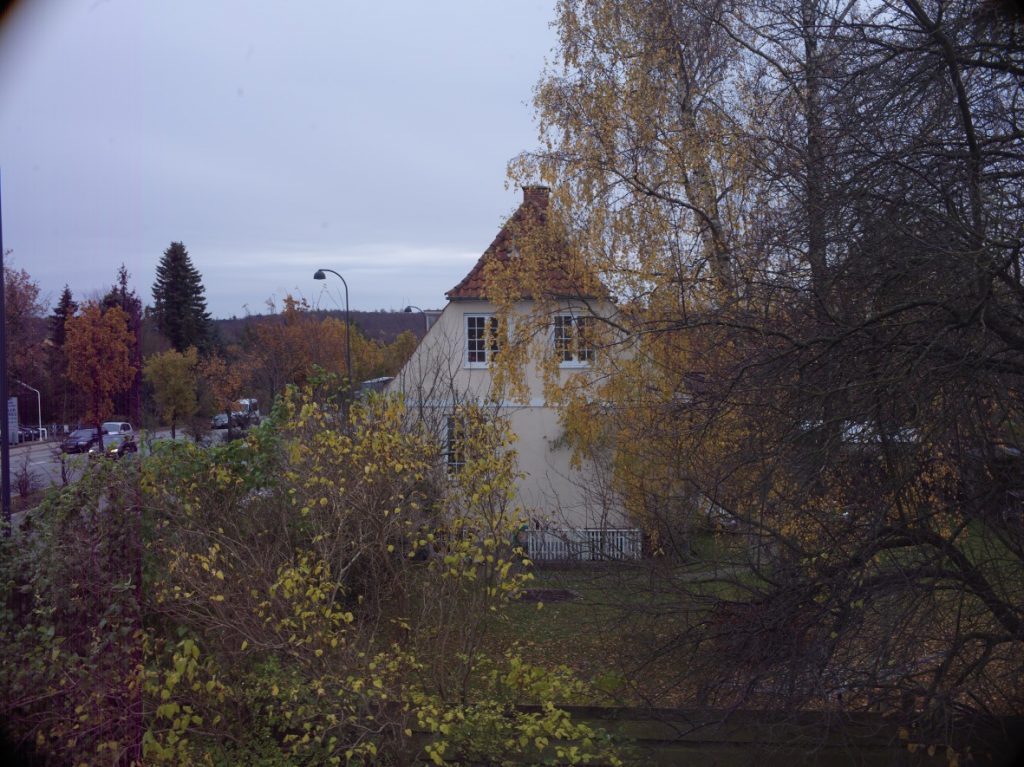
Canon FD 135mm f2.5
Next up is the Canon FD 135mm f2.5 that I also was both hoping and expecting a lot from. And this time I wasn’t disappointed to the same degree. At f2.5 there is nice sharpness when you hit it spot on and the contrast and color rendition is quite nice.
There is a slight vignette that can be removed, but the biggest issue with this lens wide open is color fringing in the unsharp zones of the image. The branches in the trees that are not in focus and the house in the background show heavy purple color fringing around the rims. Stop the lens down a little and this behavior changes to something much more acceptable.
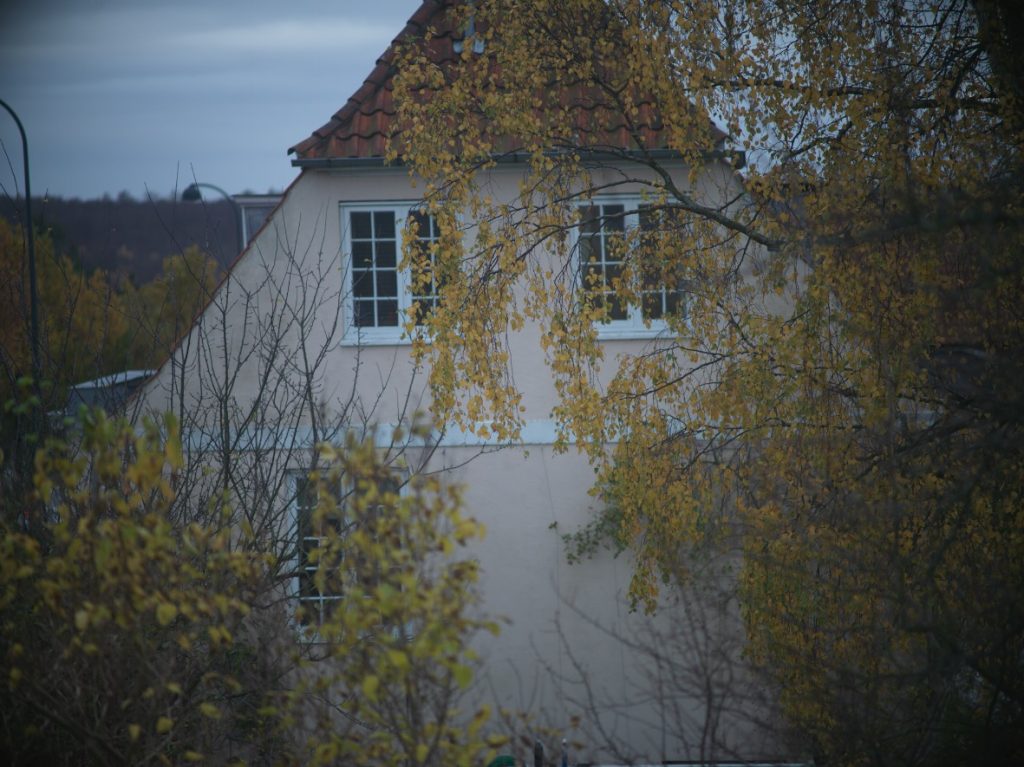
Stopped down to f11 this lens performs remarkably well. There is very nice sharpness almost from center to corners, the contrast is very nice, the vignette is nearly non-existing, and most importantly compared with the result at f2.5, the color fringing is only just noticeable around very high contrast areas.
These results make me want to use this lens a lot although maybe not so much at the widest aperture as I had hoped. The lens is equivalent of a 108mm f2.0 lens which is a very usable focal length and aperture.
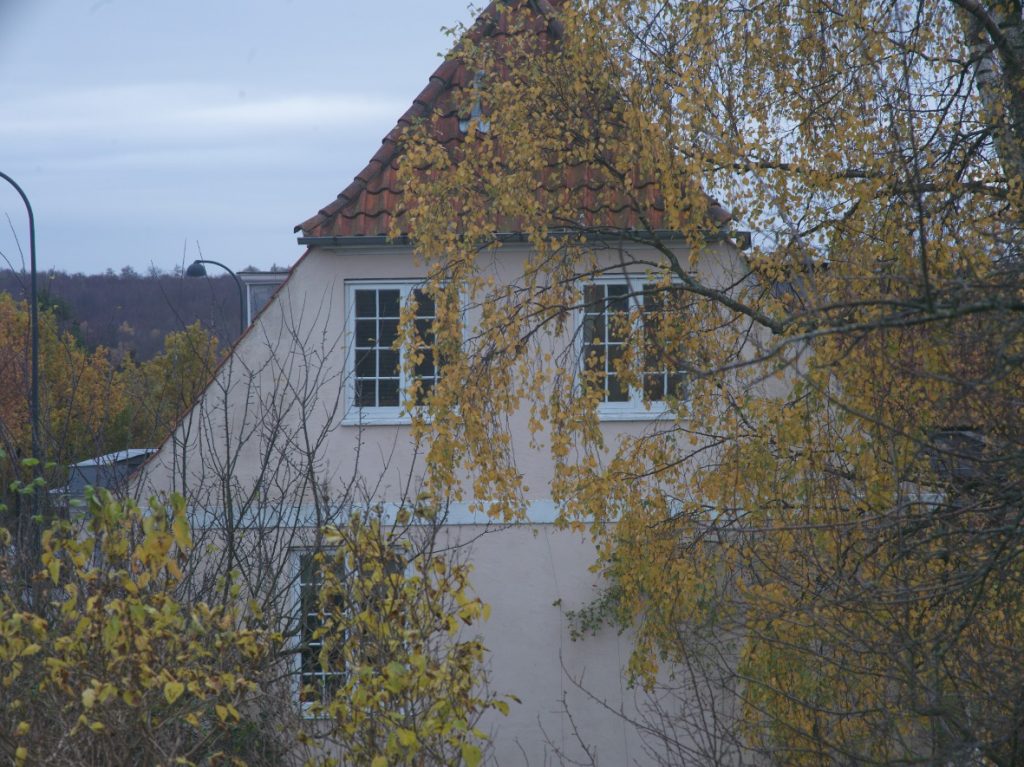
Canon FD 35-70mm f3.5-4.5
The Canon FD 35-70mm f3.5-4.5 is the next up in this review.
It is a quite cheap lens, often back in the peak period for the Canon FD systems delivered as a kit lens for consumer cameras. I didn’t expect much from this, but I was surprised by decent results.
Shot at its widest focal length the 35mm and widest open aperture at 3.5 it is not very sharp and shows some vignette. This is clearly out of the usable area for a camera like the Hasselblad X1D with a super high resolution. At this aperture it just doesn’t make sense to put such glass (well actually it’s an all plastic construction – even the optics) in front of this camera. Well that is what I thought after inspecting the first shot, then I closed down the aperture and things started looking quite different.
From around f5.6 the lens is pretty sharp, and the image shown here from f11 is very usable. The visible vignette from f3.5 has diminished, the sharpness is acceptable throughout the image and is quite nice in the center area. Chromatic aberration is well controlled and contrast is just fine.
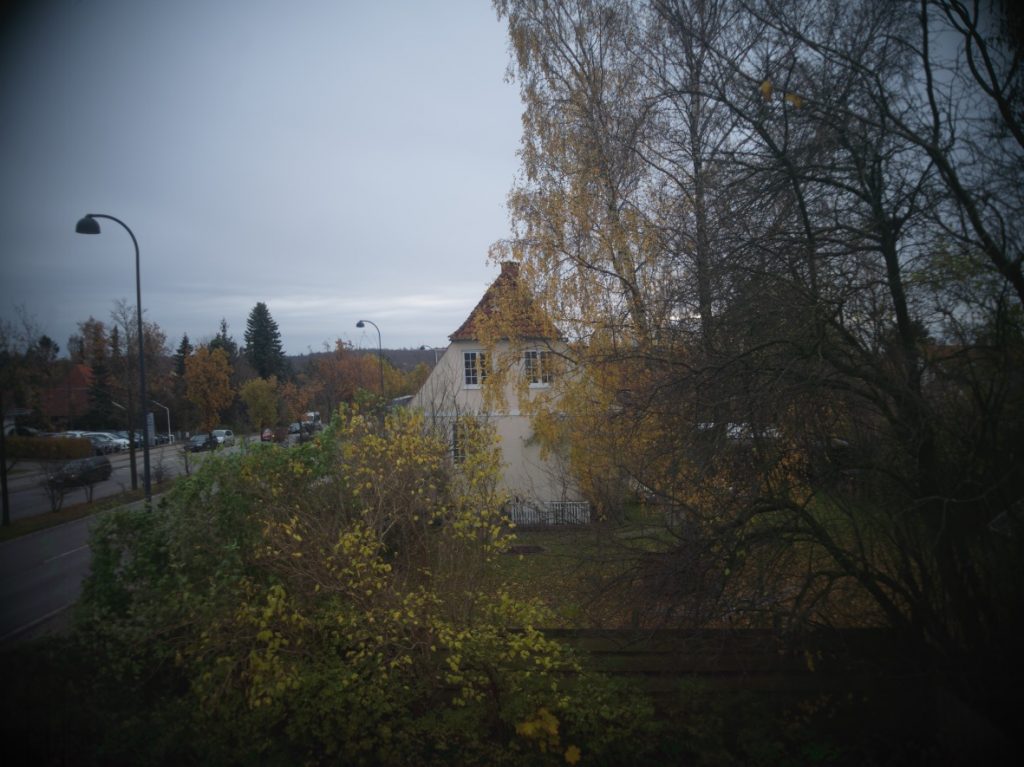
Another nice characteristic of this lens is its color rendition which I like a lot. Of course this is a subjective view, but it feels in line with the superb color rendition of the Hasselblad camera and therefore is a good match. But it is really weird that this 10-30€ lens can produce something acceptable on a 6000€ camera. But lets have a look at how it performs at 70mm, where it might fall through.
Shot at 70mm this lens behaves a little strange both with respect to my expectations and compared with all the other lenses I have tested. The results show BETTER performance at f4.5 at 70mm than at f11. I’ll probably have to redo this in order to make sure I didn’t mess up something. What I observed was that there was a little vignetting and nice sharpness at 70mm f4.5, whereas I found a pronounced vignette at f11. Sharpness at f11 was nice though. A both apertures color fringing was at low levels and color rendition was very much to my liking.
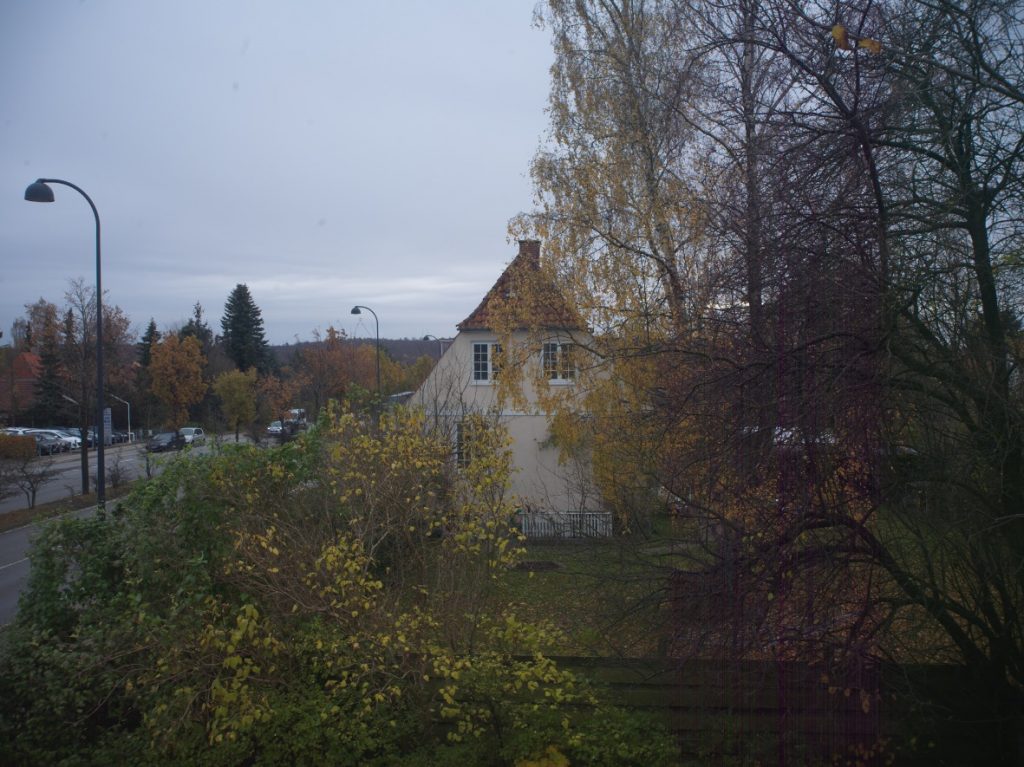
In conclusion the 35-70 3.5-4.5 is an unexpectedly good performer, if you use the sweet spots. Also it is very light and small lens, a good lens to carry around though I wouldn’t use it for really demanding shots where ultimate sharpness is required, and shot at 70mm f11 you would either have to crop the picture or correct the heavy vignette in post. But price/performance ratio can’t get much better 🙂
Canon FD 35-105mm f3.5
The Canon FD 35-105mm f3.5 is a lens that I expected much from. It has been highly praised among video shooters due to the fact, that the aperture doesn’t change throughout the focal range. That characteristic is not very interesting with respect to this article, but how it behaves with respect to image quality does. Another case is if I find that the X1D II is usable for video recording as well, but that is the theme for a future article. On the X1D this lens corresponds to a 28-84mm f2.8 lens, quite a nice focal range.
The resulting images at 35mm f3.5 shows heavy and hard vignetting and it doesn’t get much better at f11. Sharpness, color rendition and contrast though is quite nice at f3.5 and excellent at f11.
Going to 105mm changes things a little, but not enough to make it usable for imaging. The vignette at f3.5 is quite pronounced and even persists in the outermost corners at f11.
Disappointing results but I can’t wait to do the video review, and why is that? The fact is, when using video by going to 16:9 form factor instead of 4:3 you might crop out exactly the ugly vignette. That could leave this lens like a little gem for video shooting especially considering that you have the aperture of 3.5 throughout the focal range.
You can find the next article in the series here Adapted lenses test #2
Just to sum it all up, here are some facts of the tested Canon lenses.
Overview of the tested lenses |
|||||
|---|---|---|---|---|---|
| Lens | Aperture | Vignetting | Sharpness | Contrast | Chromatic aberration |
| Canon 28mm | 2.8 | Slight, soft | Good center, corners OK | Fine | Little to non |
| Canon 50mm | 1.4 | Hard non removable | OK center, corners soft | Little | Little to non |
| Canon 135mm | 2.5 | Soft and removable | Fine in center, corners OK | OK | Pronounced at f2.5, little at f11 |
| Canon 35-70mm | 3.5-4.5 | 35mm: Soft, almost none af f11. 70mm: visible at f11 | 35mm: Low at f3.5, fine at f11. 70mm: Good at f4.5, low at f11 | OK | Very little |
| Canon 35-105mm | 3.5 | Hard and non removable | Fine in center, corners OK | Fine | Little |
